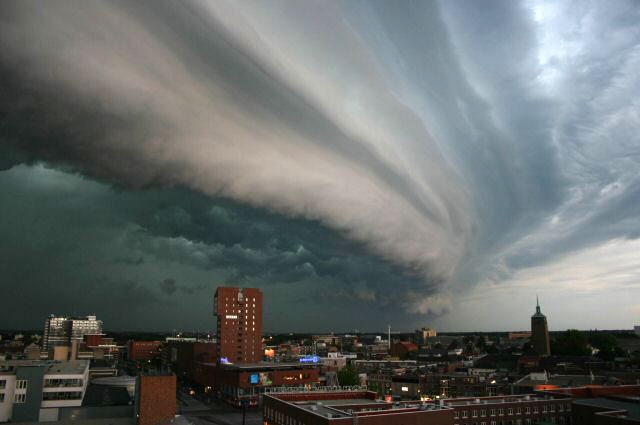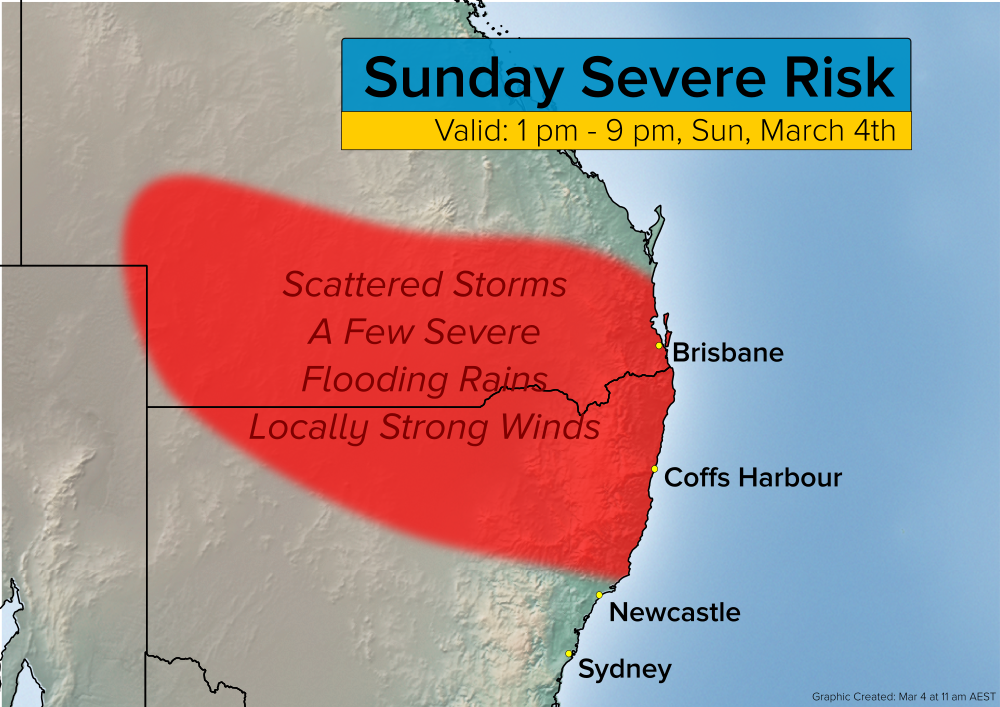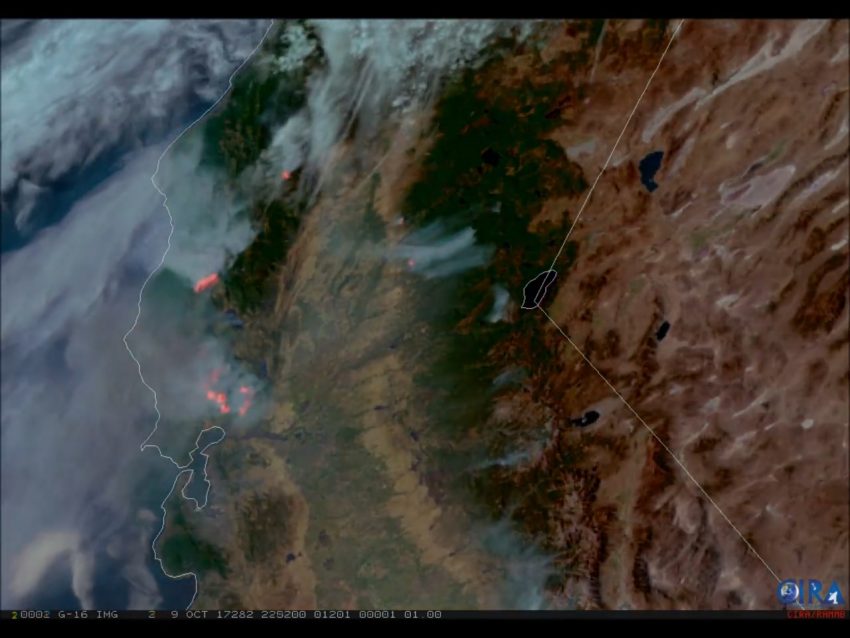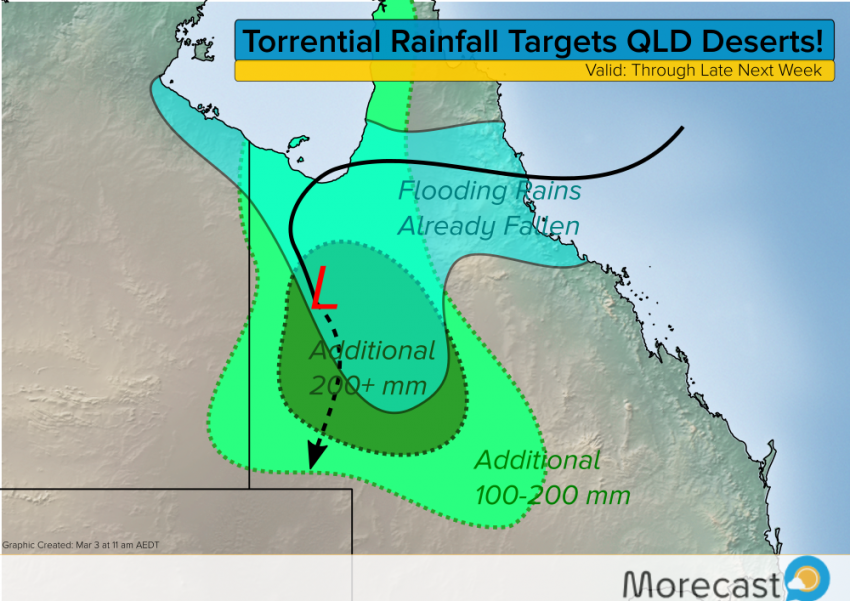Much Anticipated Cherry Blossom Bloom Just Weeks Away Across Japan
Residents and tourists alike are looking forward to the imminent blooming of Japan’s renowned cherry blossom trees. Although the lovely flowers have become common decoration across many countries, cherry blossoms (known as sakura) have special significance in Japan. The transient nature of the blossom is said to represent the beautiful but temporary nature of life, the inevitably of mortality. Cherry blossoms are used frequently across the spectrum of Japanese art from music to movies to decorative cookware. Starbucks stores in Japan even roll out cherry blossom-flavored beverages in the spring.
The Japan Meteorological Agency (JMA) helps monitor the progress of the “cherry blossom front”, the wave of blooms that open from south-to-north as temperatures warm each early spring. A sample set of fifty-nine trees across Japan is monitored for budding flowers. The southernmost home islands will see blossoms open first within the next few weeks. Experts project the blooms could happen as much as a week early thanks to unusually warm late winter temperatures. However, northern islands like Hokkaido may have to wait till early or even mid-May thanks to lingering wintery conditions there.




